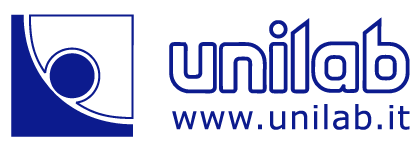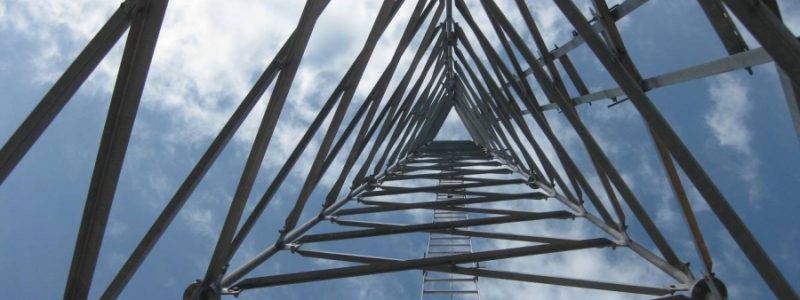UNI EN 1090 certification for thermal cutting and drilling machines
Since July 2014, all producers of structural components in steel and aluminium have been required to obtain UNI EN 1090 certification. Our laboratory will help you to evaluate the different specifications imposed by this legislation and to draw up the necessary documentation to ensure you correctly adapt your activities to meet the requirements of the UNI EN 1090-1 standard (Fabrication of steel and aluminium structures).
WHAT IS THE UNI EN 1090 STANDARD?
The UNI EN 1090 standard certifies that companies can correctly manage the fabrication of steel or aluminium structures (for example metal frames) or construction materials and products, and have all the correct quality standards documentation required to meet UNI EN 1090 standard parts 1, 2 and 3.
This internationally recognized certification is issued by a third party called a certification body, and since 1 July 2014 it’s been compulsory for structural metalwork to conform to the UNI EN 1090-1 standard (Fabrication of steel and aluminium structures) and carry a legitimate CE mark.
UNI EN 1090 certification therefore is a necessary requirement for those wishing to sell construction products within the EU.
UNI EN 1090 CERTIFICATION – WHAT CAN UNILAB DO FOR YOU?
At Unilab, we offer professional support to companies to help them obtain UNI EN 1090 certification.
We’re able to independently meet the different specifications required by the legislation, in particular in relation to the determination of the mechanical and dimensional characteristics as defined by the required execution class (‘EXC’). In particular, we offer the possibility to certify the following categories of processes which need controlling and evaluating in order to attain the CE marking.
- Validation of thermal cutting machines:For those operating thermal cutting machinery, it’s necessary to periodically check the quality of the cutting surfaces, and these must comply with the indications of the ISO 9013 standard, based on the applicable EXC class. During the validation process, the hardness of the free surfaces and the roughness and perpendicularity values of the surface affected by the cut will be analysed. Legislation requires evaluation of the surface, and the results must not exceed certain maximum parameters.
- Validation of drilling machines: The standard sets out clear regulations for the tolerances of perforating by drilling, punching or thermal cutting. The geometric aspects of holes made must be checked, and tolerances of the holes and slots will depend on the nominal diameter of the bolts to be used. Our laboratory will accurately measure the size of the hole obtained and evaluate the methods of execution, determining the conicity of the hole and the hardness of the material at the site of the cut.
- Validation of machines for shaping processes, namely, bending, pressing and forging with hot and cold processes. The legislation states that under no circumstances must these processes damage or modify the physical and chemical properties of the material: It therefore sets specific limits for hot and cold processes, in relation to the types of steel to be formed and their profiles.
WHO IS REQUIRED TO OBTAIN UNI EN 1090 CERTIFICATION?
T extends to All companies producing steel or aluminium products which trade their products within the EU area are required to get UNI ENI 1090 certification. This includes producers of:
- sections and profiles of various shapes and sizes
- laminates (such as plates, sheets or strips) and corrugated sheets
- steel and/or aluminium bars, forged products made from these materials, coated or uncoated with corrosion protection or with anodising surface treatments
- steel components used in composite structures (for example: steel-reinforced concrete), and those companies which manufacture steel components used in pre-stressed concrete
- steel structural work
- bolts, nails and brackets
- pre-machined structural elements that will subsequently be permanently installed
- structural elements, metal structures or parts of composite metal structures




